Go Back in Time at Nihon Minkaen
It’s hard to believe that a short 30-minute train journey from Shinjuku station can take you so far back in time. Kawasaki’s Nihon Minkaen is a wonderful escape from the rat race to a place where nature abounds and to where the forward-thinking town council has rescued 23 centuries-old farmhouses and buildings.
Take the Odakyu line from Shinjuku heading towards Odawara. To speed up your journey back into the past, make sure you board an express train, which is clearly identified in both English and Japanese on the platform signs and on the train itself. The entrance to the park is a one-kilometer walk from Mukogaoka Yuen station’s south exit.
The peaceful and tranquil nature of the park is evident immediately. Even though my visit was at the very end of summer, cicadas were still filling the air with their special song, and the trees and shrubs were lush and vibrant in their green foliage. There were remnants of summer’s flowers but they were obviously on the decline. Having visited the park in all seasons, I can say with certainty that it is beautiful year round.
The path has a steep upward climb to the first houses. These are set in gardens that could easily belong to our contemporary neighbors. There is a feeling throughout the park that the inhabitants have just stepped out for a moment and that the open doors and windows are allowing you a stolen glance into other lives. Some of the houses have specific rooms set up with traditional tools and fireplaces. The comforting, somewhat acrid scent of a crackling fire entices you to enter and sit on the zubuton cushions around the fire pit. Local volunteers are happy to explain the houses’ features and the central role of the fire pit in family life. There is something so timeless about this that you can easily lose track of time here.
Visually dramatic, the Gassho Zukuri houses, numbered 7, 8, 9, 10 and 23, are the scene stealers in the park. Their steep roofs reaching high into the sky like hands positioned in prayer, they lord it over their more humble neighbors. All brought from mountainous regions in Japan, these houses give a good indication of the role of architecture in one’s surroundings. Obviously the pitched roofs were to keep the snow from settling on top. The magnificent Sugawara house (number 23) also has a second story window which doubled as an entrance in the depths of winter when the snow could be many feet deep.
But don’t dismiss the smaller buildings. Most of the single story dwellings are from Kanazawa Prefecture and have many interesting features. The roofs are once again the dominant thing. Thick woven thatch hangs over the houses like protective bangs. Other homes have tiles or slates. The traditional huts and stables are covered by thick, mossy boards. Many of the houses have clay flooring, which keeps the interiors cool. The lack of windows and deep verandas make the residences quite dark.
The path through the village takes you upwards, with the stairs and the pathways giving quite a good workout without being tiring. At the top of one hill is the Kagogesan Shrine. Once situated in Kawasaki City, it is dedicated to a god worshipped by the silkworm farmers. Nearby, up more steps is a pink walled provincial Kabuki stage, still in occasional use today. An annual performance is scheduled for November 3. Indeed, the park offers many cultural displays and events that change monthly. On the day I was there volunteers were helping school children to carry large water buckets on a pole, a task that is not as easy as it may sound. At the west gate, furthest from the main entry, is an indigo dyeing workshop. There are often displays here of the various techniques involved in the process.
It is advisable to contact the office or check the official Nihon Minkaen website if you are interested in attending any of the cultural events or displays. However, a walk through the park on any day will leave you stress free and allow you a glimpse into the houses and homes of old Japan.
The Deets
Address: 7-1-1 Matsugata, Tama-ku, Kawasaki City, Kanagawa
Tel: 044-922-2181
Open: 9:30 a.m.–5 p.m. (until 4:30 p.m. Nov.–Feb.); closed Mon except national holidays; closed on the day after public holidays; closed from Dec. 29–Jan. 3
How much: Admission costs ¥500 per adult, and ¥300 per high school student and senior. Entrance is free for Kawasaki residents and children.

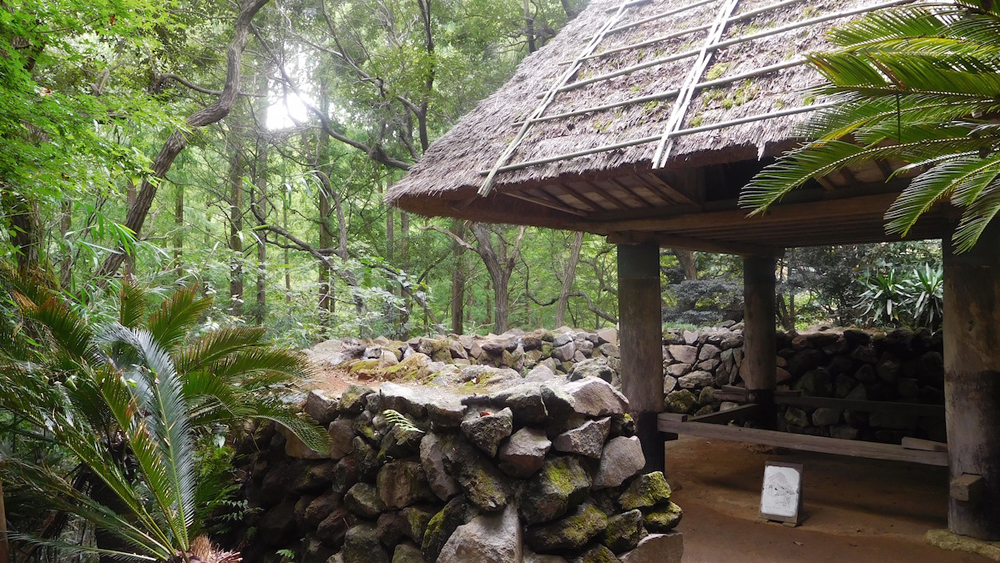
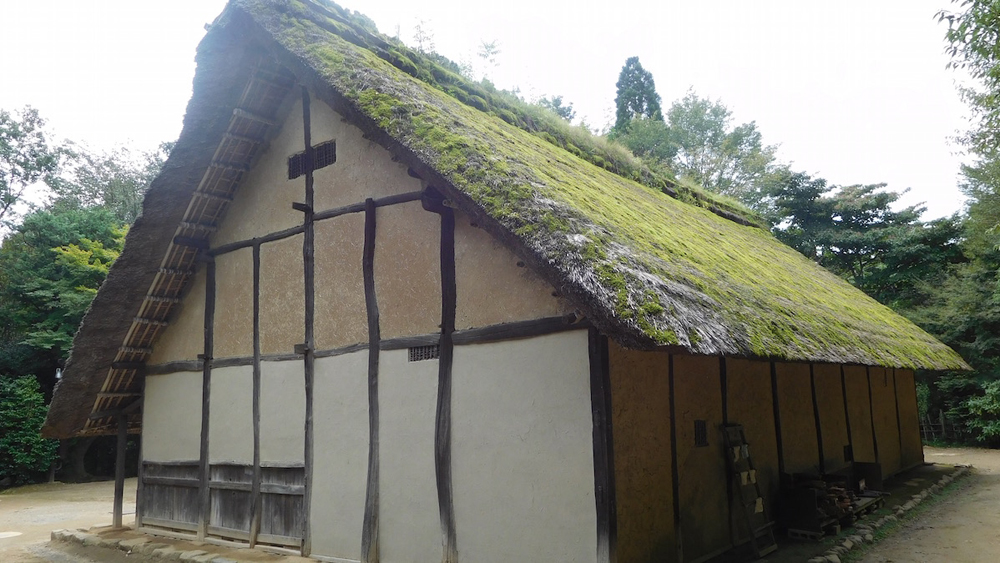
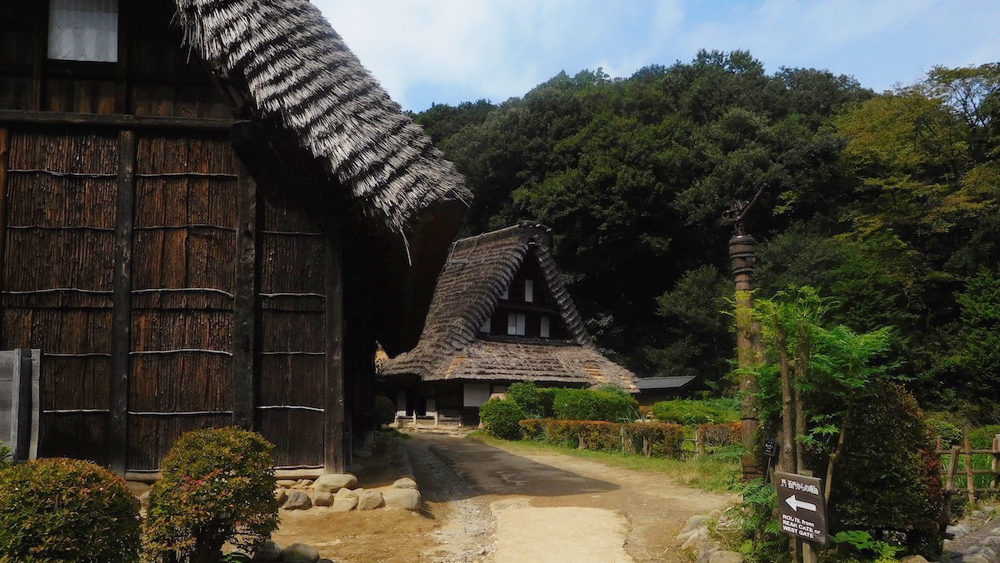
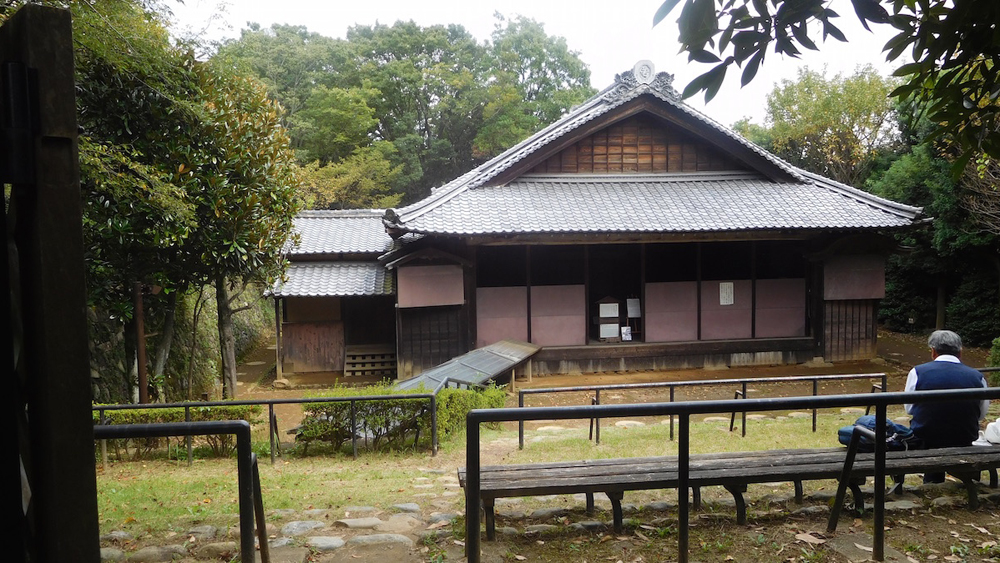
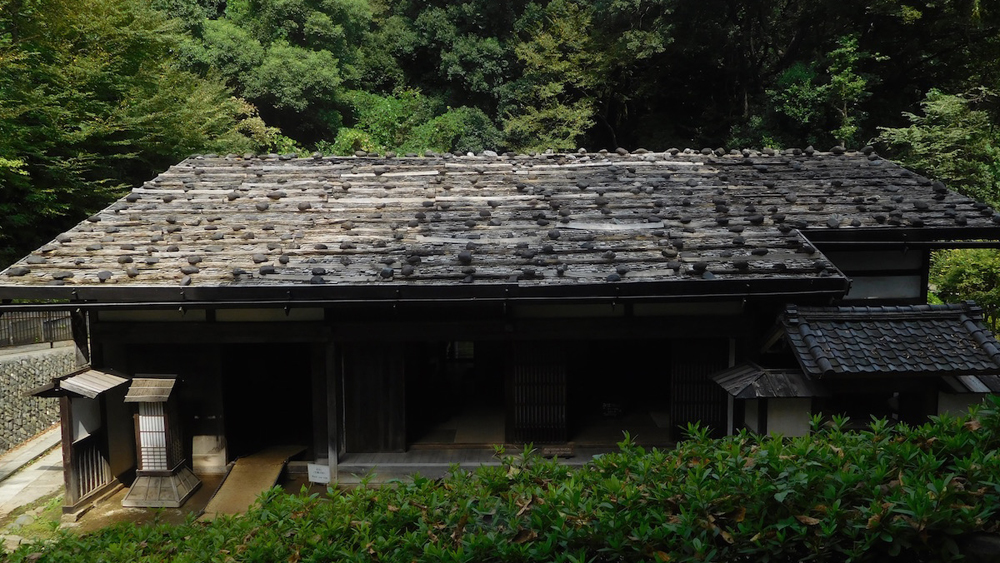
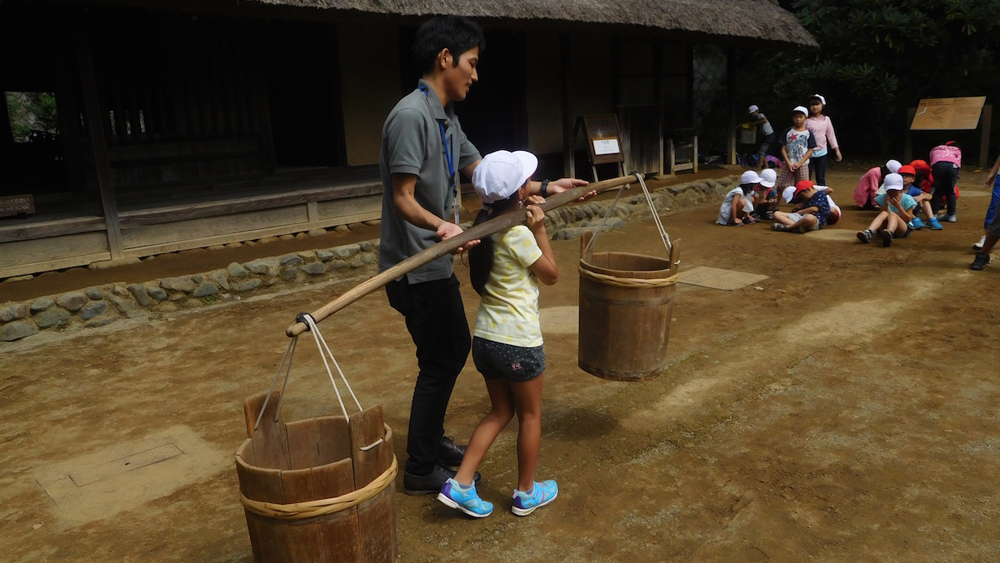
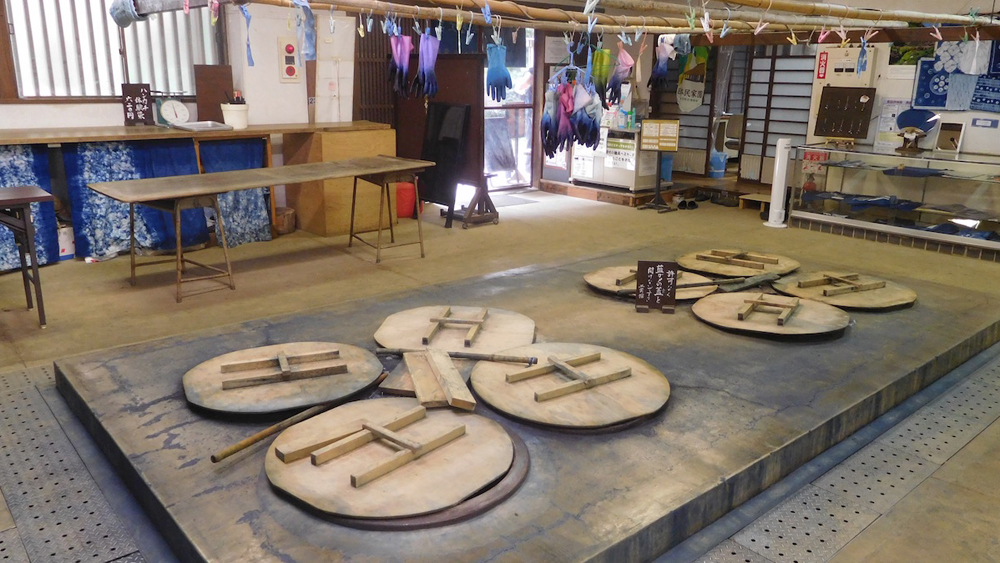













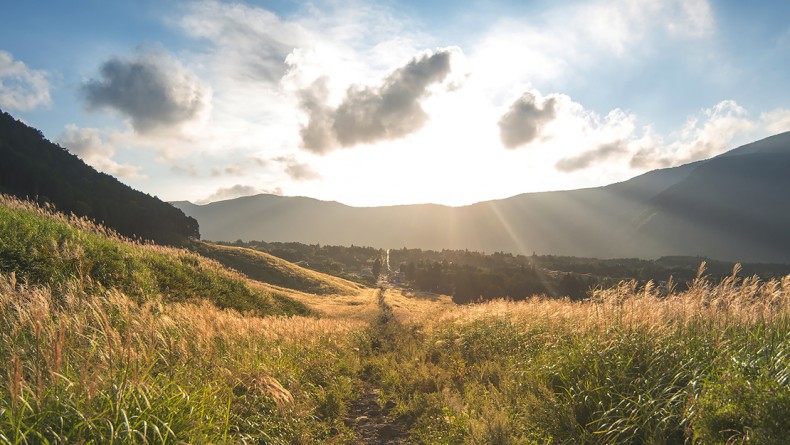
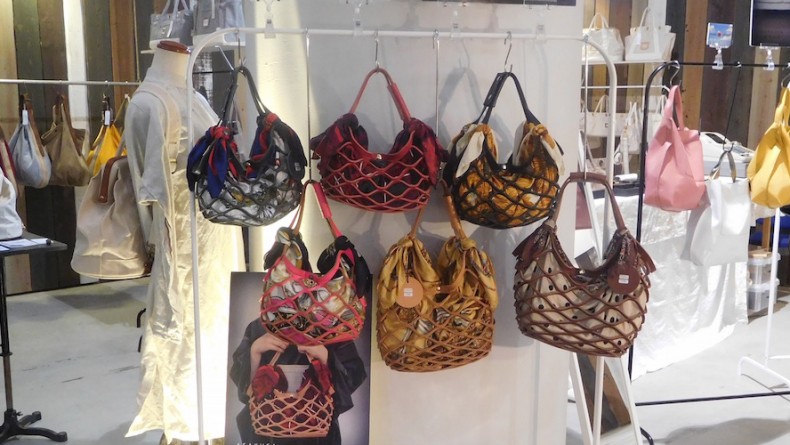
Leave a Reply